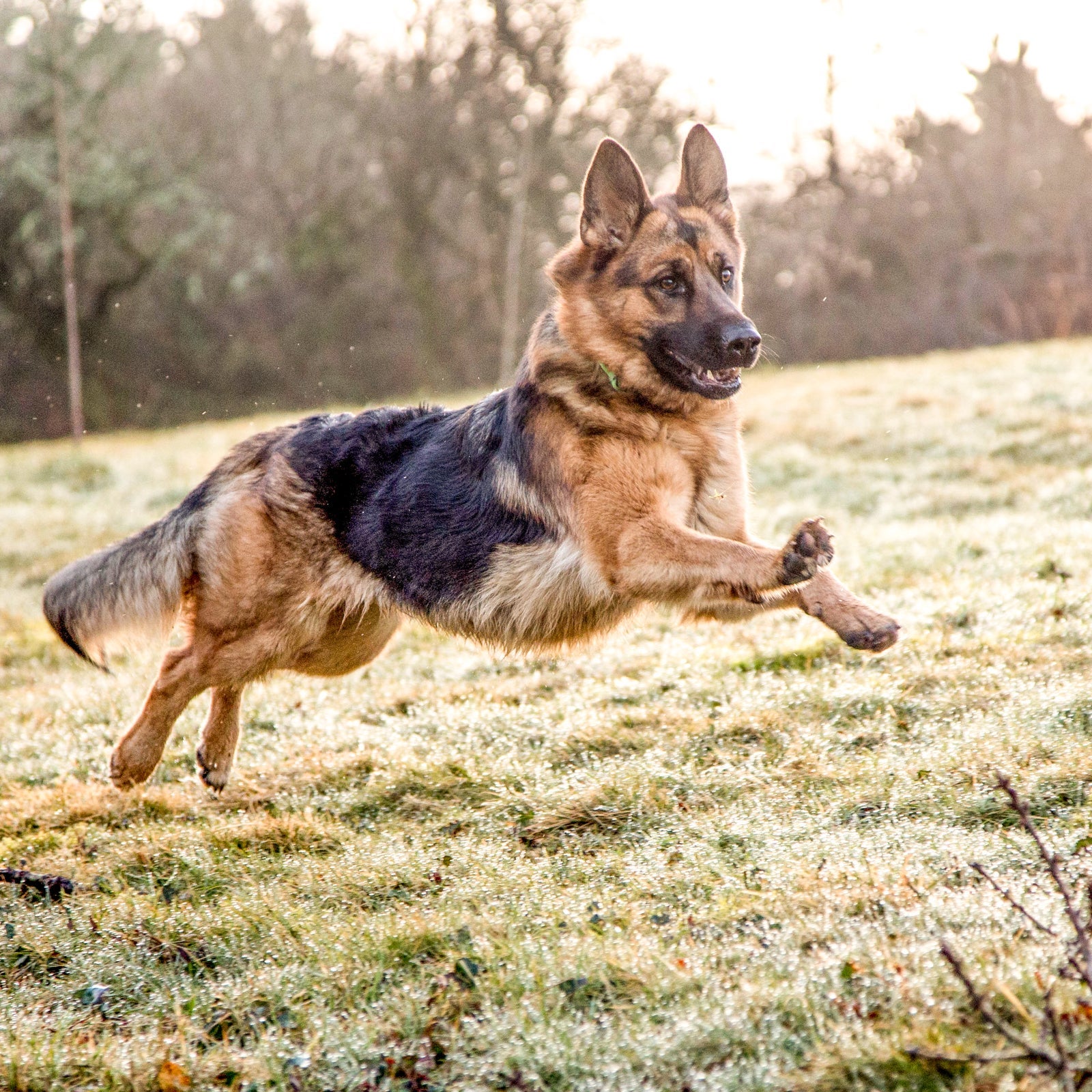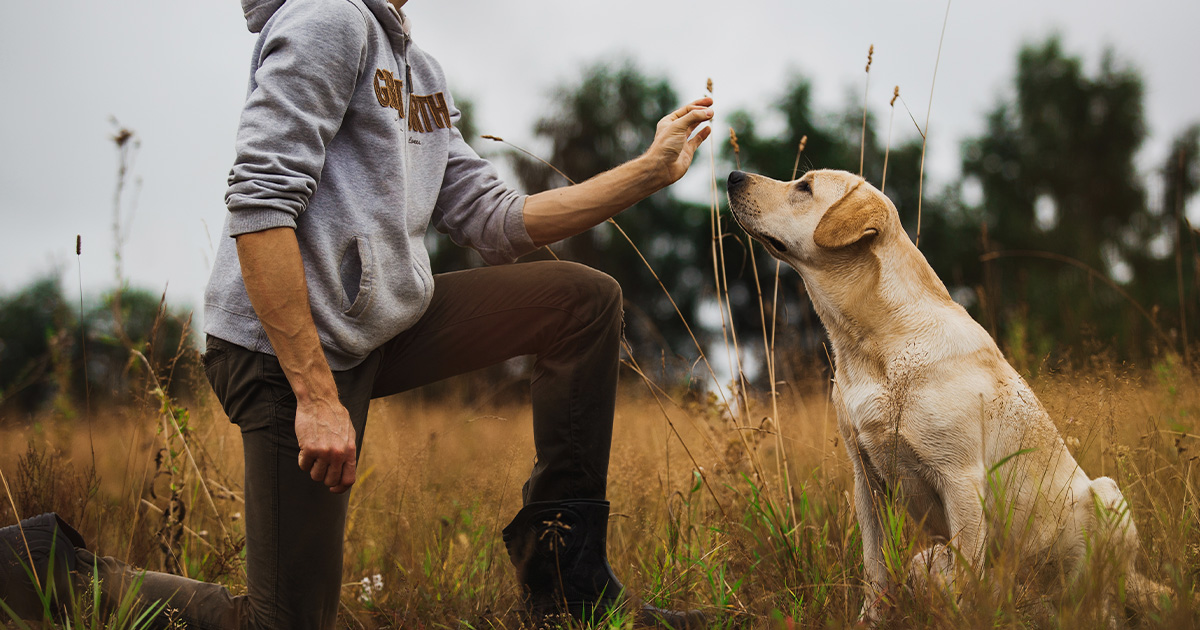The Science Behind Successful Dog Training Techniques
The Science Behind Successful Dog Training Techniques
Blog Article
The Ultimate Guide to Pet Training: Change Your Pet's Behavior
Efficient dog training is vital for fostering an unified relationship between pet dogs and their owners. The ins and outs of canine behavior and the execution of structured training techniques play an important function in this process. By recognizing the principles of positive support, consistency, and socializing, pet proprietors can browse usual challenges that arise during training. This overview not just intends to outfit you with the essential devices to transform your pet's behavior yet also welcomes you to discover exactly how these foundational concepts can result in a much deeper connection with your animal. What could be the primary step in this transformative journey?
Understanding Pet Dog Behavior
Recognizing pet dog behavior is vital for efficient training and a harmonious partnership between dogs and their owners. A pet dog's behavior is influenced by a mix of genetics, atmosphere, and experiences. Dog training. Recognizing these factors allows owners to tailor their training approaches to satisfy the individual needs of their pets
Dogs interact largely via body language, vocalizations, and faces. A wagging tail can indicate enjoyment or happiness, while a put tail might signify worry or entry. Observing these hints makes it possible for owners to react properly, reinforcing favorable behaviors and attending to negative ones successfully.
Additionally, recognizing the social structure of dogs can supply understandings into their behavior. Dogs are pack pets, and they grow in a structured environment. Developing clear limits and consistent policies can stop confusion and promote a complacency.
Moreover, recognizing the natural instincts of pet dogs, such as the impulse to go after or dig, is important. These impulses can be redirected via suitable outlets, such as play or workout. By thoroughly understanding these behavior aspects, proprietors can cultivate a positive training experience, ultimately resulting in a well-adjusted and obedient canine friend.
Crucial Training Strategies
Reliable canine training relies upon a selection of essential methods that can considerably improve the discovering process for both the proprietor and the pet. One fundamental method is favorable reinforcement, which includes fulfilling desirable habits with treats, appreciation, or play. This method motivates dogs to repeat the habits that bring about favorable end results, fostering a trusting relationship between the family pet and proprietor.
One more key technique is uniformity in expectations and commands. Utilizing the same spoken signs and hand signals helps the pet dog comprehend what is needed, reducing confusion and advertising quicker learning. In addition, establishing clear limits and regulations is important for reliable communication.
Socializing is also a crucial element of training. Revealing pets to various settings, individuals, and other pets aids them create appropriate social abilities and lowers anxiety in strange situations.
Finally, persistence and timing are essential. Training sessions ought to be short but regular, making certain that the canine continues to be involved and receptive. By using these necessary techniques, owners can develop a structured and positive training experience that promotes etiquette and strengthens the bond with their canine companions.
Producing an Educating Arrange
Exactly how can a well-structured training routine improve a dog's discovering experience? A training routine offers consistency, guaranteeing that pets receive routine, focused instruction. redirected here This predictability aids canines comprehend what is expected of them, reinforcing their knowing and enabling far better retention of commands and habits.
When creating a training routine, it is essential to consider the dog's age, type, and private personality. Youthful young puppies may gain from much shorter, extra constant sessions, while grown-up pets may prosper with longer, less regular training periods. Including a range of tasks can likewise keep the sessions engaging, stopping boredom and promoting excitement for understanding.
Additionally, organizing training sessions at certain times of the day can help solidify a routine. Matching training with daily walks or playtime can develop a favorable organization with understanding. It is also critical to include time for reinforcement, such as deals with or praise, to compensate desired actions promptly.
Last but not least, adaptability is vital. While consistency is vital, being adaptable to the canine's mood or energy level can enhance their knowing experience. A well-crafted training schedule ultimately lays the structure for effective communication and a more powerful bond in between the canine and owner.
Common Educating Challenges
In spite of having a well-structured training timetable, pet proprietors often run into various obstacles during the training procedure. One usual concern is variance in commands and cues. When several member of the family utilize different terms or tones, a pet dog may come to be confused, impeding its capability to learn effectively.
One more frequent challenge is disturbance. Dog training. Dogs are normally interested animals, and exterior stimulations such as various other pets, noises, or people can divert their attention throughout training sessions. This calls for owners to produce a regulated environment or slowly present disturbances to enhance emphasis
In addition, varying power degrees can influence training end results. High-energy dogs may struggle to calm down and focus, while much more laid-back breeds could need added inspiration to engage. Customizing the training technique to fit the specific dog's temperament is vital for success.

Structure a Strong Bond
A solid bond between a canine and its proprietor is important for effective training and general health. Dog training. This partnership promotes count on, which is vital for efficient interaction throughout the training process. When a dog really feels safe and connected to its owner, it is most likely to respond positively to commands and cues
To build this bond, consistency is essential. Establishing a regimen that includes regular feeding, workout, and training sessions assists create a sense of stability. Additionally, favorable support techniques, such as deals with, praise, and play, reinforce preferred behaviors while enhancing the emotional link.
Socialization is one more vital element of bond-building. Exposing your pet to various environments, individuals, and other animals assists them really feel more certain and comfortable, enhancing the bond with their owner. Engaging in tasks together, such as strolling, playing bring, or getting involved in obedience training, advertises synergy and common satisfaction.
Conclusion

Comprehending pet behavior is essential for efficient training and an unified connection in between canines and their proprietors.Reliable pet training relies on a range of crucial methods that can substantially improve the knowing procedure for both the site web dog and the proprietor.Despite having a well-structured training timetable, pet owners often experience numerous challenges during the training procedure.In conclusion, effective pet training counts on an extensive understanding of canine behavior, the application of essential strategies, and the facility of an organized training routine. By highlighting favorable reinforcement and consistency, pet dog owners can dramatically boost their pets' actions, ultimately making certain an unified relationship and advertising the wellness of both the canine and its setting.
Report this page